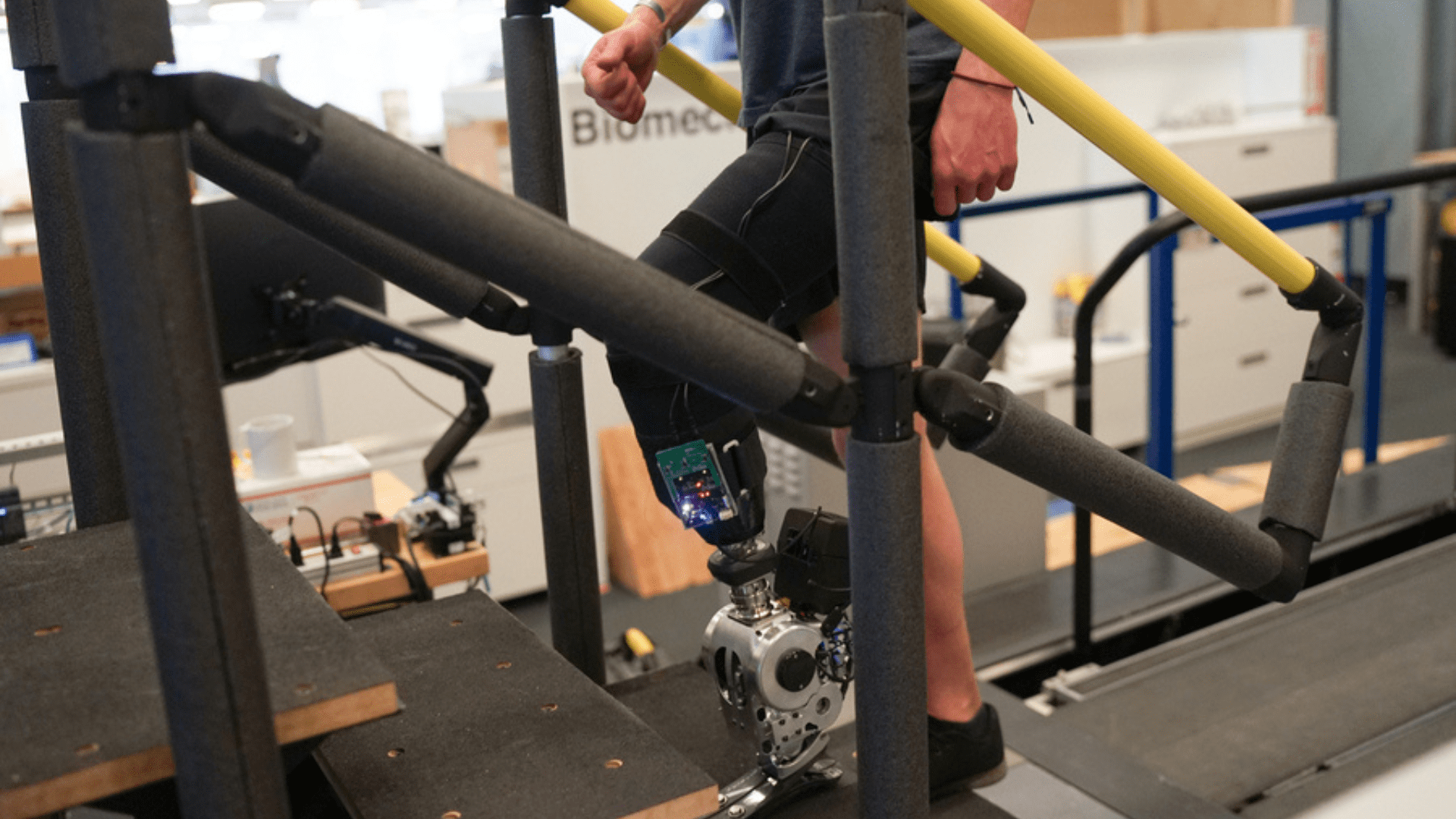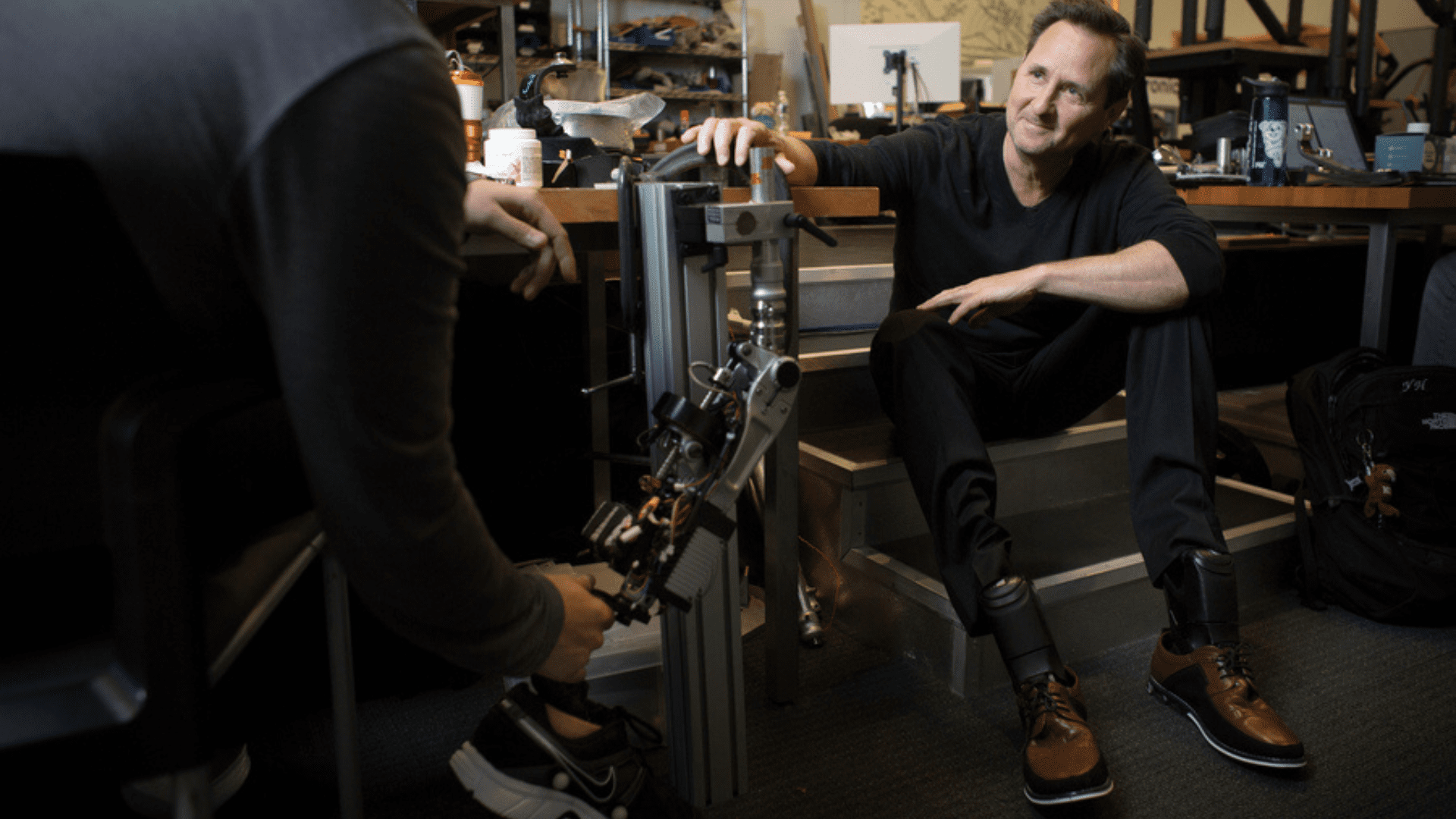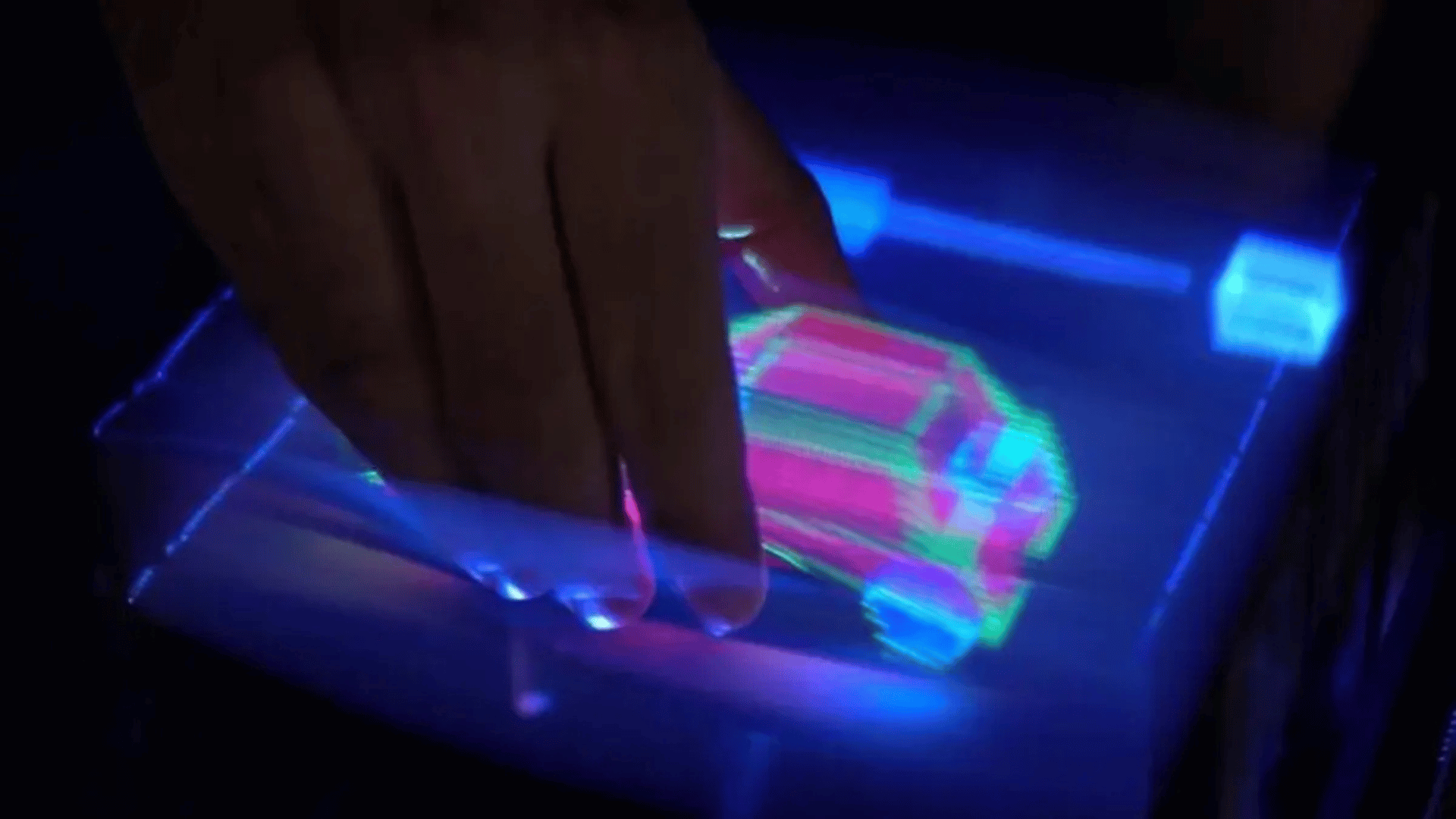High-tech prosthetic limbs help people walk naturally but don’t give the person full control of their artificial limb. Instead, they rely on robotic sensors and controllers that move the prosthetic limb using predefined algorithms. Scientists at MIT found a new way for a robotic limb to move using the body’s own nervous system.
Robotic Leg

The MIT researchers used a new type of surgical intervention and neuroprosthetic interface to show that a natural walking movement is achievable with the body’s nervous system. According to the researchers, a surgical amputation reconnects muscles in the remaining part of a limb. This allows patients to receive “proprioceptive” feedback that tells them where their limb is in space. Seven patients took part in a study that involved receiving this surgery. The MIT team found that they could walk faster, avoid obstacles, and climb stairs more naturally than those with a traditional amputation.
Explore Tomorrow's World from your inbox
Get the latest science, technology, and sustainability content delivered to your inbox.
I understand that by providing my email address, I agree to receive emails from Tomorrow's World Today. I understand that I may opt out of receiving such communications at any time.
Hugh Herr is a professor of media arts and sciences and the study’s lead author. “This is the first prosthetic study in history that shows a leg prosthesis under full neural modulation, where a biomimetic gait emerges,” Herr said. “No one has been able to show this level of brain control that produces a natural gait, where the human’s nervous system is controlling the movement, not a robotic control algorithm.”
In addition, patients experienced less pain and less muscle atrophy following the surgery. The surgery is known as the agonist-antagonist myoneural interface (AMI). About 60 patients received this type of surgery around the world and it can also be done with arm amputations.
Sensory Feedback
Most limb movements are controlled by pairs of muscles stretching and contracting. A traditional amputation below the knee disrupts the interacting pairs of muscle. As a result, the nervous system has a difficult time sensing the position of a muscle and how fast it’s contracting. This sensory information is critical for the brain to control a limb’s movement. People with this kind of amputation have issues controlling their prosthetics because they don’t know where the limb is in space. This is when they rely on controllers and sensors.
Herr and his team started developing AMI surgeries several years ago. The goal is to help people achieve a natural walking gait using the nervous system. To do this, they connect the two ends of the muscles within the residual limb. This allows the muscles to still dynamically communicate with each other. They do this instead of severing natural agonist-antagonist muscle interactions. The surgery is done either during the primary amputation or after the initial surgery during a revision procedure.
Herr said, “With the AMI amputation procedure, to the greatest extent possible, we attempt to connect native agonists to native antagonists in a physiological way so that after amputation, a person can move their full phantom limb with physiologic levels of proprioception and range of movement.”
Positive Results

After encouraging results in a 2021 study, Herr and his team set out to explore muscles producing electrical signals that give commands for a prosthetic limb and simultaneously give feedback about the limb’s position in space. The user could use this to adjust their walking manner.
The new study involved seven patients, all with the same amputation below the knee, using the same robotic leg. Researchers tested different situations, including different walking scenarios and obstacles. In each task, the patients walked faster and navigated around obstacles more easily. Researchers say they also reported more natural movements.
Herr said, “The cohort that didn’t have the AMI, they were able to walk, but the prosthetic movements weren’t natural, and their movements were generally slower.” Enabling these capabilites for people with amputations is part of Herr’s lab’s goal of “rebuilding human bodies,” rather than relying on controllers and sensors.
“The problem with that long-term approach is that the user would never feel embodied with their prosthesis. They would never view the prosthesis as part of their body, part of self,” Herr said. “The approach we’re taking is trying to comprehensively connect the brain of the human to the electromechanics.”







